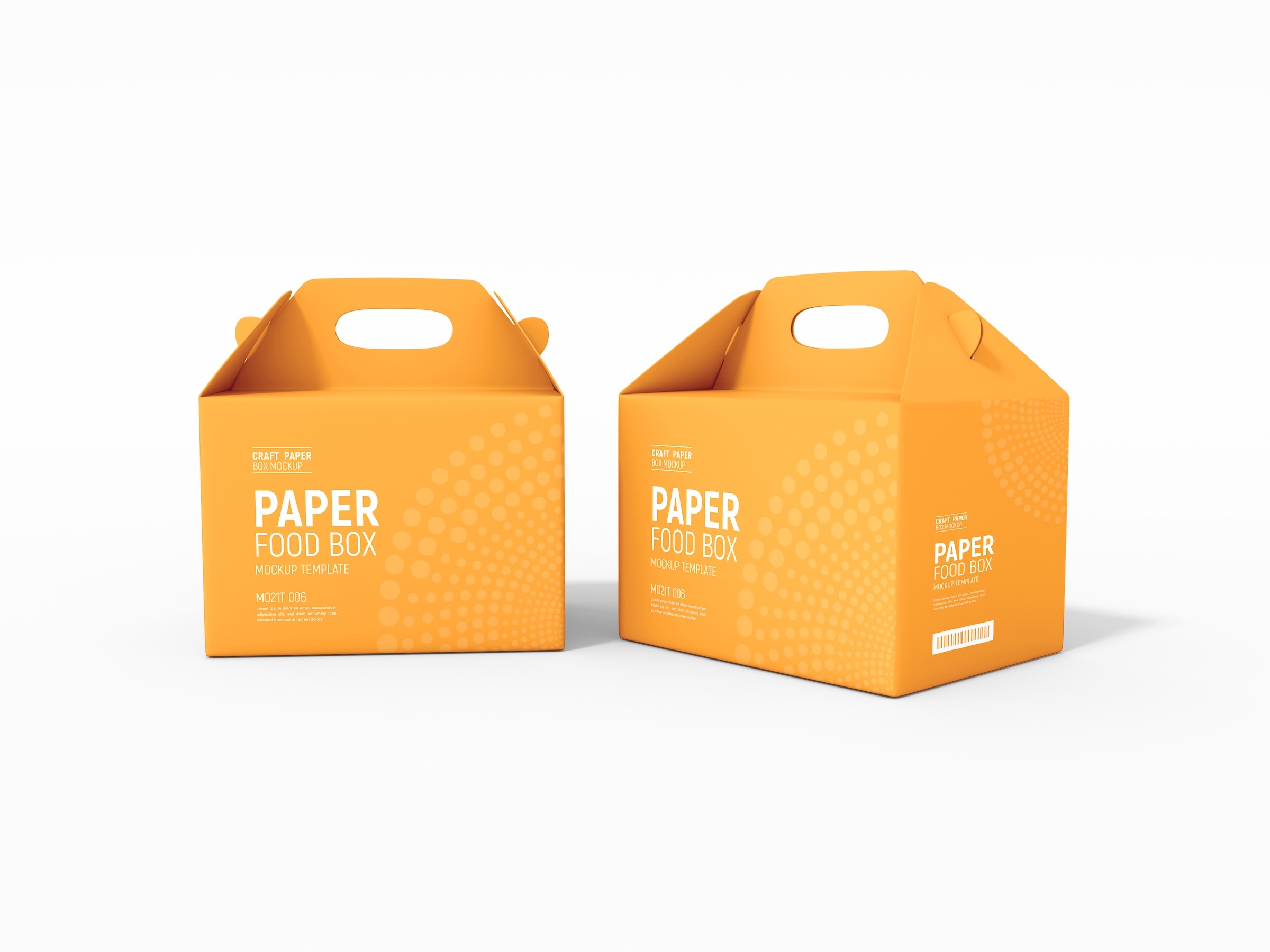
LEARNING TO DESIGN PACKAGING IN A CHANGED WORLD
Until the mid-20th century, packaging was largely about convenience and product protection – keeping the item safe until it could be sold.
Then came internationalism with new countries across the globe entering export markets. In turn, that created much greater competition. A product that hitherto had few competitors now had multiple competitors.
That shift to global capitalism helped product design and manufacturing technologies to quickly advance, with companies trying to keep one step ahead of their competitors in a rapidly-advancing marketplace. But it also changed the packaging. One mostly functional, packaging become an integral part of the selling proposition.
Good eye-catching packaging became the difference between a product being bought or left on the shelf.
A further paradigm shift took place with the internet and personal technology. We no longer had to go to a shop to search for a product, we could search for it online. But if your product’s packaging doesn’t grab attention, will customers notice it?
The past couple of years have accelerated online shopping, and it’s a trend that isn’t going to go away. We’re losing the consumer habit of physically visiting shops. That’s been most marked in older demographics, who may have been wary of online shopping or lacked the technical ability to shop online. That’s changed, and so have their buying habits.
It’s led to an ‘endless aisle’ of purchase options which can empower consumers but also can result in a ‘paradox of choice’ – leaving us endlessly browsing online.
THE KEY
The key is to make your product stand out, either in-store or online, and online has become a dominant retail imperative. It’s estimated that e-commerce accounted for more than €30 billion in the big five European countries alone in 2020.
Studies also show that many of us research and compare products online before making a trip to the shops to buy them. Again, it’s all about making your product stand out, and what they first see online or in-store is your product’s packaging. Does it look classy? Does it convey appropriate information? Does it make an unfamiliar brand seem trustworthy?
However, the psychology of packaging has become a lot more complex because keeping ahead of the competition is what business leadership is all about, and a key differentiating factor is the value proposition a company can deliver to its customers.
Delivering value used to be determined by the range of products, price, when they could be delivered, and the quality of customer service.
But the past few years have seen the environment rise up the political, corporate, and consumer agenda. We all want to be responsible, and many people have shifted their perceptions about brands.
The IBM Institute for Business Value goes further. In a survey, they found that nearly six in 10 consumers were now willing to change their buying habits to reduce environmental impact and that, for eight in 10 people, sustainability was important to them.
It has inspired new thinking about packaging, and making everything recyclable. A good example is seed-infused packaging. You take out the product, tear up the packaging, plant it – and, hey presto! – in a few months you have a profusion of wildflowers.
The lesson is that products must stand out in a crowded marketplace, whether that’s online or on a shop shelf. Get it right and you will have customers repurchasing, turning them into brand advocates. Get it wrong and, while your product might be fantastic, customers won’t see beyond the uninspiring or non-recyclable packaging it comes in.
More practically, packaging design is also about thinking through each side of the packaging and using graphic design and psychology to create optimal results. Packaging design used to be simple, but now it’s not.
It’s now about understanding 2D and 3D representations, the use of colour and fonts, hot stamping and embossing. It’s about knowing what thickness of packaging to use, and how all that fits together to support and promote the brand.
But the best packaging designers constantly challenge assumptions about customer demographics. A report by the International Longevity Centre – a UK think tank on the impact of longevity on society – predicts that the next decades will see huge growth in consumption by older people.
Not only will there be more seniors, but they also tend to spend more. The report predicts that spending by consumers over 50 years old will rise from 54% of total consumer spending in 2018 to 63% by 2040, with the top three growing sectors being recreation and culture, transport, and household goods and services.
Should your packaging therefore also appeal to an older age group? Whatever the answer, good packaging must be appropriate to the gender and age groups which make up your core demographic.
If you’re serious about learning about packaging design, why not speak to the Creative Design School?
Our best-in-class courses will give you the skills and confidence you need to succeed.
Our online courses are immersive and challenging but with lots of face-to-face tutoring. You can learn at your own pace and we’re always there to help and support you towards success.
Packaging used to simply be about packaging. Now, it’s a lot more than that, and you need to understand the bewildering pace at which retail markets are changing, with packaging at the forefront of that change.
Check out our Packaging Design Specialist Level 4 Diploma Course to find out more, or arrange a Skype call appointment with us to go over your career goals together.
